Upside-down forks are used everywhere where additional lift height is required. They are attached with the fork blade facing upwards by means of fork hooks that are slid onto the fork carriage. Due to the resulting forces, it is necessary to reinforce the fork hooks. In addition, they can be stiffened by a gusset plate. The VETTER engineering team would be happy to calculate the version that best suits your application.
ATTENTION: StandardForks must NEVER be used as upside-down forks! Rotator forks and forks for grabs and clamps also need to be designed specifically for the application in question. We would be happy to advise you!

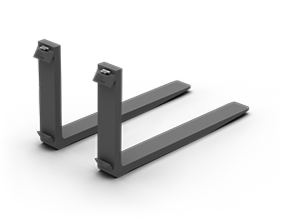
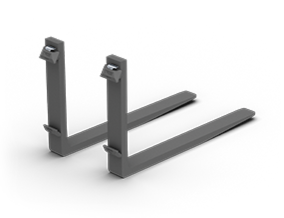
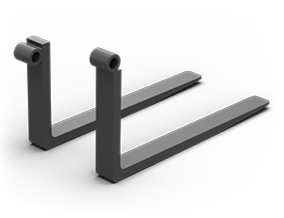
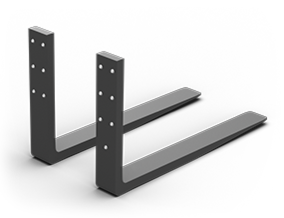

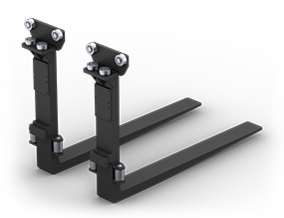
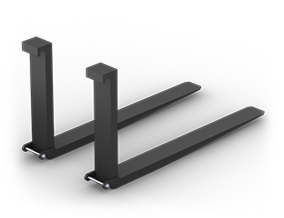
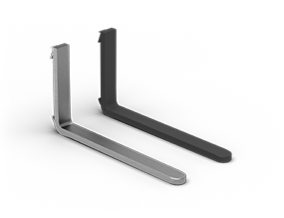
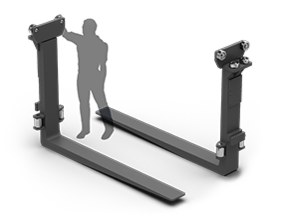
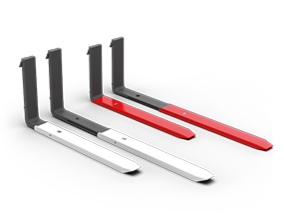
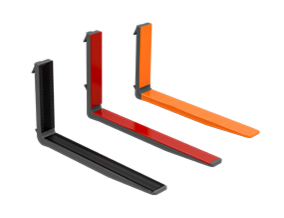
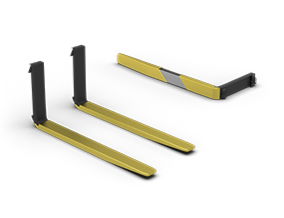
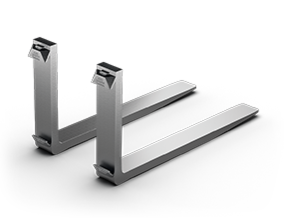
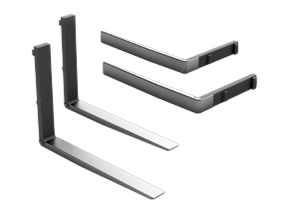
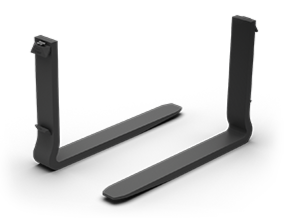
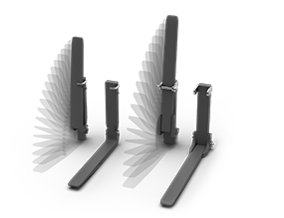

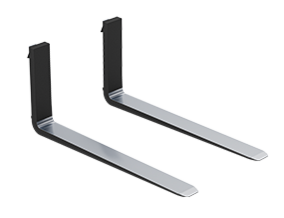

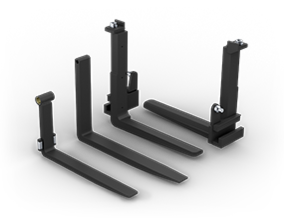
![[Translate to EN (US):] [Translate to EN (US):]](/fileadmin/_processed_/f/e/csm_navigation_fork_extensions_689922e615.png)
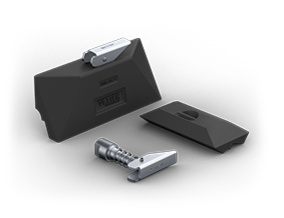

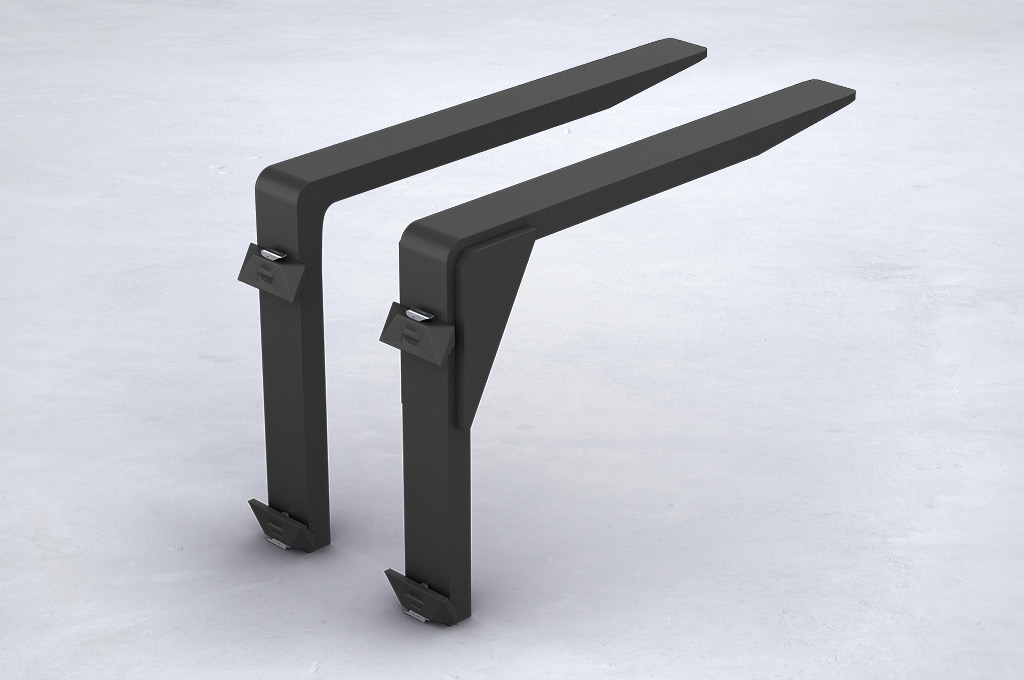
![[Translate to EN (US):] OptimaHeel](/fileadmin/_processed_/7/9/csm_optimaheel_521bc37e73.jpg)
![[Translate to EN (US):] Fork hook](/fileadmin/_processed_/3/d/csm_fork_hook_bb1161101d.jpg)
![[Translate to EN (US):] Lateral pressing fork](/fileadmin/_processed_/5/f/csm_lateral_pressing_a78fc7b890.jpg)
![[Translate to EN (US):] Tip alignment forks](/fileadmin/_processed_/8/7/csm_tip_alignment_a7a01c8438.jpg)
![[Translate to EN (US):] FlexHeat treatment forks](/fileadmin/_processed_/c/6/csm_flex_heat_c4c70451ee.jpg)
![[Translate to EN (US):] Steel laboratory VETTER](/fileadmin/_processed_/6/5/csm_laboratory_bd40e648e5.jpg)
![[Translate to EN (US):] Welding forks](/fileadmin/_processed_/e/7/csm_welding_a75db91750.jpg)
![[Translate to EN (US):] Fork production Germany](/fileadmin/_processed_/3/f/csm_made_in_germany_5c2bfa1153.jpg)
![[Translate to EN (US):] Fork testing](/fileadmin/_processed_/1/7/csm_testing_1a197b4e23.jpg)
![[Translate to EN (US):] OEM certified forks](/fileadmin/_processed_/5/f/csm_certified_447cd79ecc.jpg)
Share: